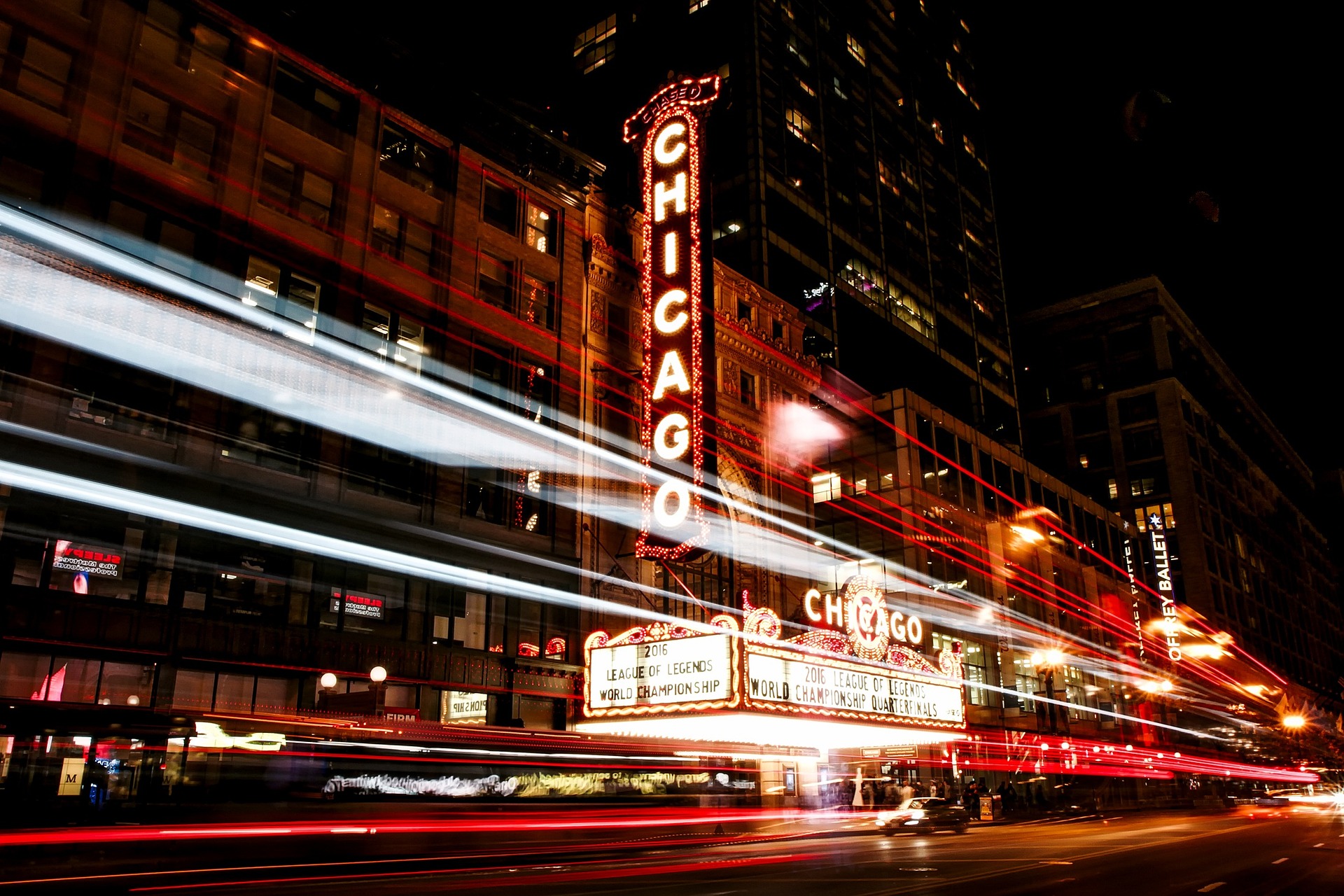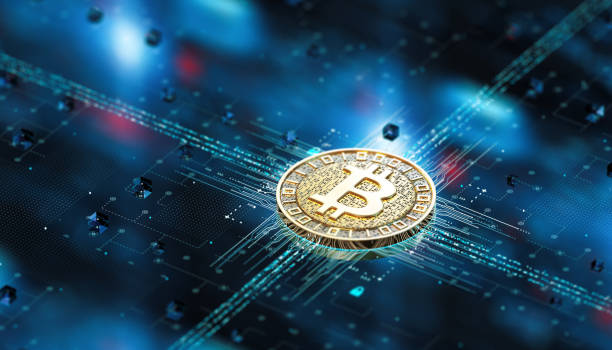Digital Artistry: A New Dawn in the World of Creativity
The first strokes of the digital brush have transformed the canvas of the art world. This article delves into the fascinating world of digital artistry, exploring its history, its current trends, and its potential to reshape our understanding of creative expression.

A Look Into the Past: The Genesis of Digital Art
In the late 20th century, as the world was increasingly digitized, artists began experimenting with computer technologies. The first digital artworks were rudimentary, often reduced to pixelated images and basic shapes. Still, they marked the birth of a new era in art, where creativity was no longer limited to traditional mediums.
Fast forward to the present day, and digital artistry has evolved into an expansive field, encompassing 3D modeling, digital painting, virtual reality art, and more. From the vibrant landscapes of digital paintings to the immersive universes of VR art, digital artists are continually pushing the boundaries of what is possible.
Current Trends: The Digital Art Boom
In recent years, digital art has exploded in popularity. This surge of interest is partly due to the rise of NFTs, or non-fungible tokens, which have revolutionized the art market by creating a platform for digital artists to sell their work. This has thrust digital art into the mainstream, with artists gaining recognition and financial success on a scale previously unimaginable.
Digital artistry is also gaining traction in popular culture. Musicians, filmmakers, and other entertainers are increasingly incorporating digital art into their work, creating visually stunning music videos, film sets, and promotional material.
The Impact: Reimagining Artistic Expression
The rise of digital artistry is not just a trend—it’s a seismic shift in how we perceive and interact with art. Digital tools have democratized art, allowing anyone with a computer and an idea to create and share their work. This has led to a surge of creativity and diversity in the art world, with artists from all walks of life contributing their unique perspectives.
Furthermore, digital art has blurred the lines between different art forms. Artists can now combine painting, sculpture, animation, and more into a single piece of work. This fusion of mediums has opened up new avenues for artistic expression, making art more dynamic and multidimensional.
The Reception: A Mixed Bag
Like any disruptive innovation, digital artistry has faced its share of criticism. Some traditionalists argue that digital art lacks the authenticity and craftsmanship of hand-made art. Others worry that the digital art market, with its sky-high prices and speculative nature, is a bubble waiting to burst.
However, despite these concerns, the overall reception of digital artistry has been positive. Many see it as a natural evolution of art in the digital age, and a testament to human creativity’s adaptability. With its limitless possibilities and broad accessibility, digital artistry has the potential to inspire a new generation of artists and redefine our understanding of art.
In conclusion, digital artistry is a revolutionary movement that has reshaped the landscape of the art world. As we move further into the digital age, we can expect this form of creative expression to continue evolving, breaking new ground, and challenging our conceptions of what art can be.




